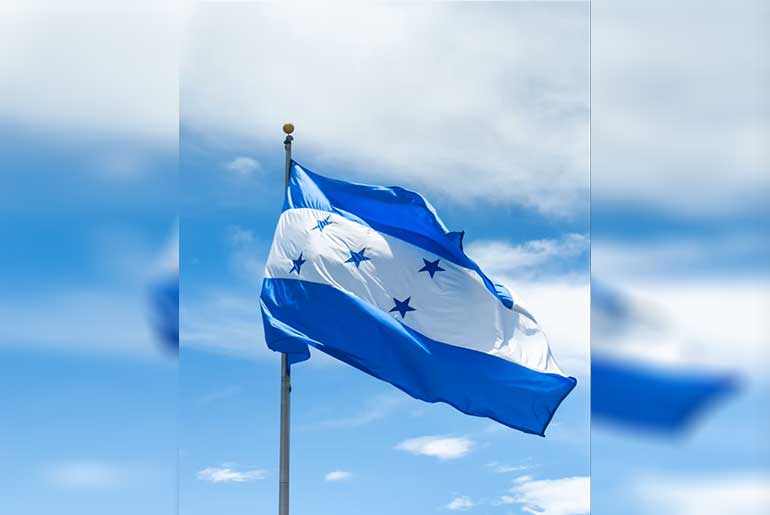Honduras to launch 1.5 GW tender, including 975 MW of renewable energy with storage. The company ENEE delivered the rules for the international bidding process on capacity and energy for 1,500 MW to the CREE. Erick Tejada, secretary of energy, has mentioned that as soon as the CREE approves the tender, it will be all set to begin.
A reverse auction will be introduced in the bidding process, followed by more rounds to check the economic sides of all offers. It looks for 65% of energy to be renewable, with storage, and the remaining 35% to be non-renewable. 800 MW should be set up by early January 2028, 300 MW should be finished by 2029, and yet another 400 MW should be added in 2030.
“With this, we would guarantee the energy supply for at least the next eight years,”
– Tejada.
China Investor Forum
Officials from the finance and energy ministries brought the government’s electricity rescue plan to 60 Chinese energy firms for their review.
The talks focused on the facts about the 1.5 GW tender as seen by the Honduran government, which is believed to attract a potential investment of $1.5 billion as part of the country’s overall plan to spend USD 4.6 billion over the coming decade.
About The Empresa Nacional de Energía Eléctrica
ENEE is Honduras’s government-owned and operated electrical power company, operating within the electricity sector in Honduras.
The organization was created on February 20, 1957, as an autonomous organization responsible for the production, transmission, distribution, and commercialization of electrical energy in Honduras.
The first large-scale project was the first hydroelectric power station, Cañaveral, which included the construction of transmission lines and substations in order to distribute its generated power to the final consumers. The so-called National Interconnected System continued to expand and now covers most main regions throughout the country. In 1985 the Francisco Morazán Hydroelectric Project (El Cajón Dam) was completed at a cost of US$775 million.



